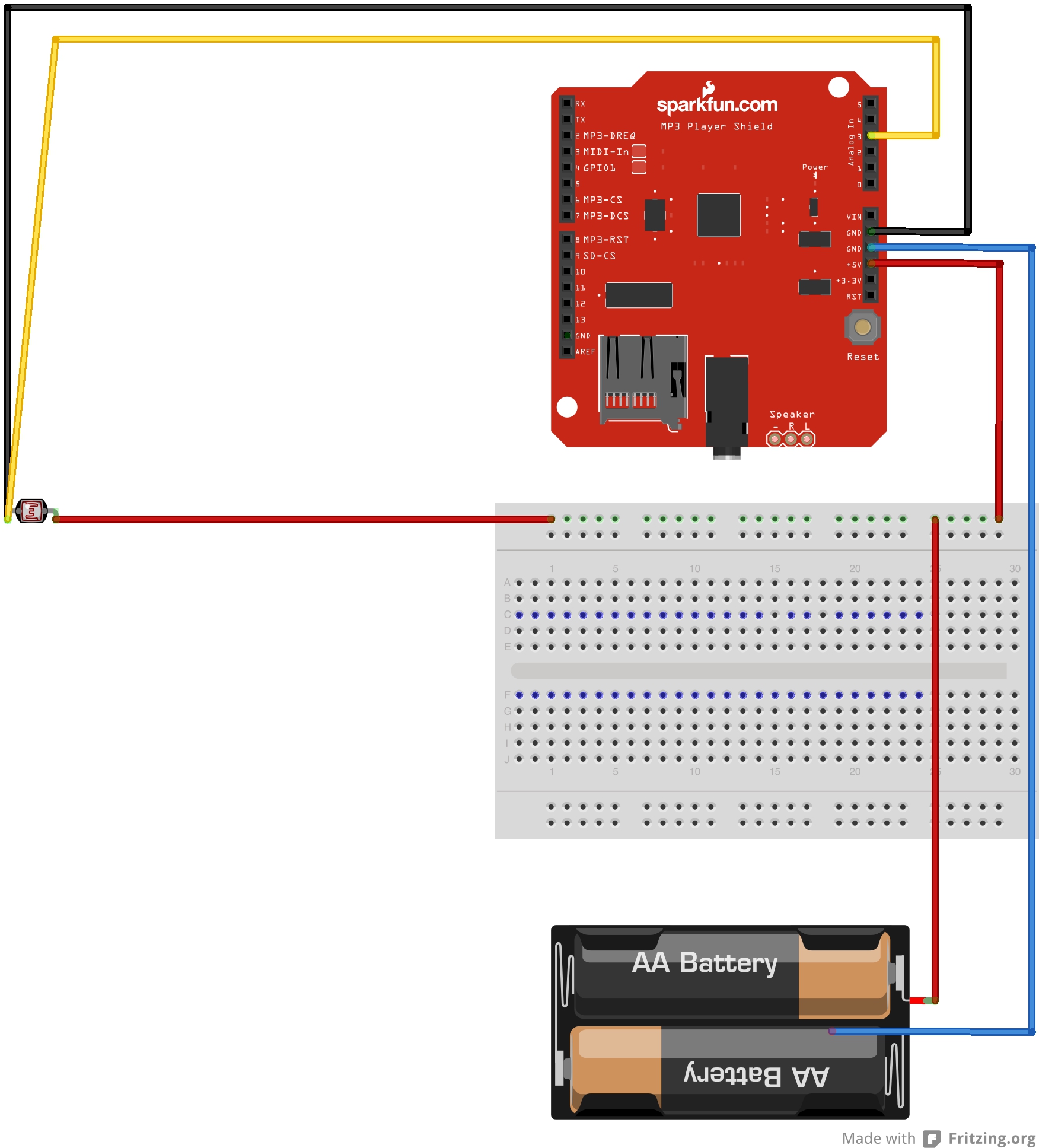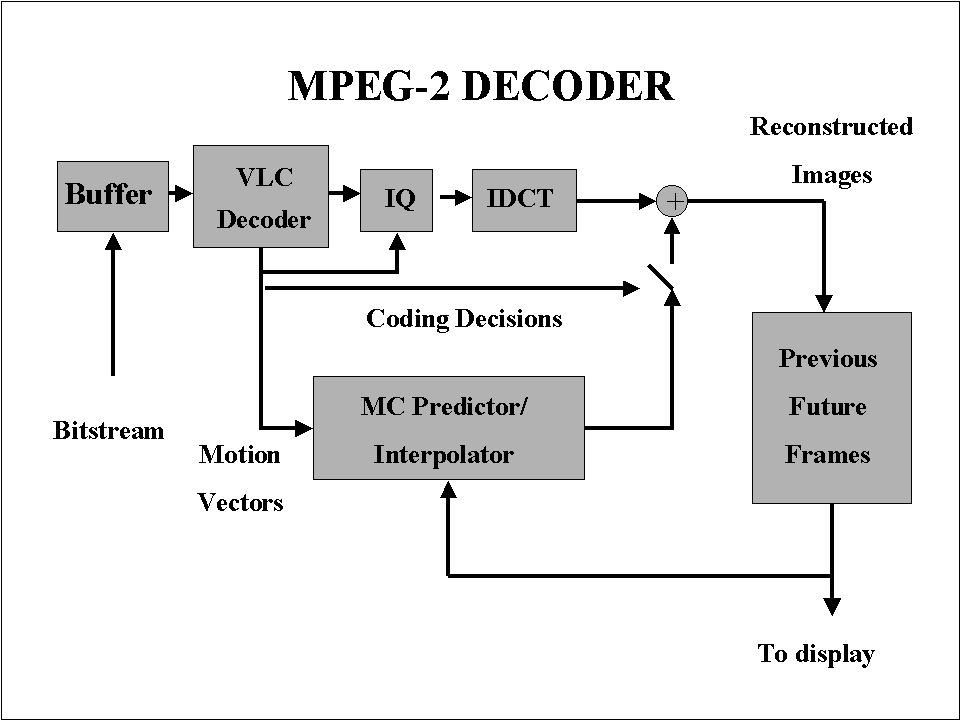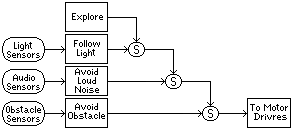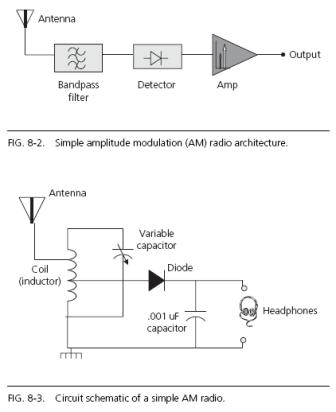
responsive architecture
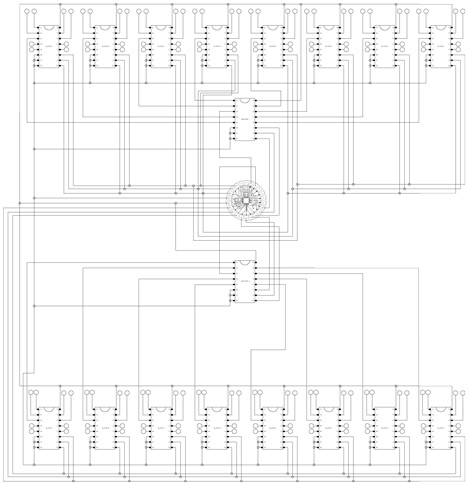
The moss tiles are part of a series of RAD experiments aimed at utilizing ceilings for healthier and more vibrant interiors. RAD identifies the ceiling as an underutilized area for creating interior landscapes. This space can be reclaimed by nature and connected to resilient outdoor ecosystems through networked embedded technology. The tile is composed of a disposable and recyclable coco mat cartridge and an aluminum tray that includes integrated sensors, a digital readout, and wireless communication capabilities. The cartridge supports various low-maintenance moss species, such as Hypnum, Haircap, Rock Cap, and Cushion moss. These mosses can be irrigated using a handheld piston-pump sprayer or an automated misting system integrated into the drop-ceiling structure. Embedded humidity sensors optimize moisture levels. Although designed as individual elements for standalone use or modular aggregation, the DropMoss tiles are wirelessly connected to one another and the Internet. They report their individual status (moisture and pH) and collectively monitor ambient environmental conditions (temperature, ambient light, humidity, CO2). They are part of a global network of moss communities that share live correlated data, enhancing their resilience and sustainability. The Hu-mannequin project was initially proposed as a pop-up store for a fashion designer, aiming to enhance the viewing experience by engaging the olfactory sense. This installation features scent-emitting mannequins that release various smells throughout the day. Seats within the store capture the scent of individuals sitting, transporting their unique smells through ducts and releasing them into the air via perforated mannequins. This innovation animates the typically lifeless mannequins with human qualities through scent, creating a Hu-mannequin. Individuals sitting on the furniture metaphorically inhabit the clothing, imparting their unique scent to the outfit. This establishes a new dynamic where partners, friends, and strangers can visualize an outfit by smelling the virtual wearer’s scent. IM Blanky is a blanket that exists in both real and virtual spaces simultaneously. When the blanket is moved in real space, a virtual mesh moves in sync. IM Blanky has an IP address and features self-modeling capabilities, wirelessly linked to a digital model that registers and processes its changing state in real-time. This built-in capacity to represent itself in space and time indicates a fundamental form of cognition—the sense of one’s own body. This foundational function could enable multiple additional functionalities with the integration of other sensing devices in future generations of IM Blanky. Soft tilt sensors arranged in a hexagrid pattern and sewn into the fabric of the blanket facilitate digital self-modeling. The data generated—variation in current resistance—establishes the vectors from which the topography of the entire field is derived. This is accomplished by computationally integrating sensor data within an ecology of topological relationships, extrapolating information from the behavior of the entire system. Data from each sensor determines the local tilt direction at the reading site, while readings from neighboring sensors establish elevation and orientation in three dimensions. The mapping of each vector against the overall field completes the comprehensive picture.
The electronic schematic for the described moss tiles and related projects would involve several key components and subsystems. The moss tiles would include a microcontroller unit (MCU) that serves as the central processing unit, interfacing with various sensors for moisture and pH levels. The MCU would communicate wirelessly with a local network, allowing each tile to send and receive data regarding environmental conditions.
Power management would be crucial, requiring a small battery or energy harvesting solution, such as solar cells, to ensure sustainability. The embedded humidity sensors would likely be capacitive or resistive types, providing real-time feedback on moisture levels. The digital readout would consist of an LED or LCD display, showing the status of each tile.
For the Hu-mannequin project, the electronic components would include scent-emitting devices, possibly utilizing small fans or piezoelectric actuators to disperse fragrances. The system would need a microcontroller to manage timing and control the release of scents based on customer interactions. Additionally, the duct system would require sensors to detect air flow and ensure an even distribution of scents throughout the store.
In the case of IM Blanky, the schematic would include multiple tilt sensors connected to an MCU that processes the sensor data to create a digital model of the blanket's position and movement. The communication interface would allow the blanket to transmit its status to a connected device, enabling real-time feedback and interaction in both physical and virtual environments.
Overall, the integration of these electronic components within the described systems showcases the potential for innovative applications of technology in enhancing user experiences and creating interactive environments.The moss-tiles belong to a series of RAD experiments in planting the ceiling for healthier and richer interiors. RAD recognizes the ceiling as an untapped site for interior landscapes. It is an undisturbed zone that can be reclaimed by nature and linked to resilient outdoor ecosystem by means of networked embedded technology.
The tile consists of a disposable/recyclable coco mat ½ ½ ½cartridge ½ ½ ½ and an aluminum ½ ½ ½tray ½ ½ ½ with integrated sensors, digital readout and wireless communication. The cartridge hosts a variety of common low maintenance moss species including Hypnum, Haircap, Rock Cap, and Cushion moss.
They are irrigated by a hand held piston-pump sprayer or alternatively by means of an automated misting system integrated into the drop-ceiling structure. Moisture levels are optimized through embedded humidity sensors. Although discretized as individual elements for stand-alone use or modular aggregation, the DropMoss ½ ½ ½ tiles are wirelessly connected to their neighbors and linked to the Internet.
They report individually on their status (moisture and pH) and together on ambient environmental conditions (temperature, ambient light, humidity, C02). They join other networked moss communities around the globe in an ecosystem of live correlated data whose feedback serves their resilience and sustainability.
The Hu-mannequin project was initially conceived as a pop-up store proposal for a fashion designer. The proposal attempts to enrich the experience of viewing by engaging the olfactory sense. The installation is composed of scent-emitting mannequins that release a variety of smells into the environment throughout the day. Seats are placed within the store to harness the scent of sitting individuals. The scent of those occupying the seats is transported through a system of ducts, where the smell is released into the air via perforated mannequins.
The person occupying the seat metaphysically wears the clothing through smell. The mannequin, typically a lifeless object, is now animated by human qualities through the production of smells ½ ½ ½ becoming a Hu-mannequin. While sitting on the furniture, a person literally inhabits the clothing, giving an outfit that person ½ ½ ½s unique smell.
This sets up a new dynamic. Unlike the act of physically trying on a suit in a dressing room, partners, friends, and strangers can visualise an outfit by smelling the virtual wearer ½ ½ ½s body on the clothing. IM Blanky is a blanket that exists in real space and virtual space simultaneously. If you move the blanket in real space, a virtual mesh moves along with it. IM BLANKY is a blanket with an IP address. The basic v. 1. 0 is self-modeling, which means that it is wirelessly linked to a digital model that registers and reprocesses its changing state in real time.
The built-in capacity to situate and represent itself in space and time points to a most primitive and essential form of cognition ” the sense of one ½ ½ ½s own body. This proto-function constitutes a foundation for multiple additional functionalities that would be enabled with the use of other sensing devices in future generations of IM BLANKY.
Soft tilt sensors arrayed in a hexagrid pattern and sewn into the fabric of the blanket enable the digital self-modeling. The data they generate ½ ½ ½variation in current resistance ½ ½ ½establishes the vectors from which the ½ ½ ½topography ½ ½ ½ of the entire field is extrapolated.
This is achieved by computationally enmeshing sensor data in an ½ ½ ½ecology ½ ½ ½ of topological relationships and extrapolating information from the behavior of the entire system: The data from each sensor determines the local tilt direction at the reading site; the readings from neighboring sensors establish elevation and orientation in 3D. The mapping of each vector against the entire field completes the overall picture. The electronic components and their circuits constitute figu 🔗 External reference
The electronic schematic for the described moss tiles and related projects would involve several key components and subsystems. The moss tiles would include a microcontroller unit (MCU) that serves as the central processing unit, interfacing with various sensors for moisture and pH levels. The MCU would communicate wirelessly with a local network, allowing each tile to send and receive data regarding environmental conditions.
Power management would be crucial, requiring a small battery or energy harvesting solution, such as solar cells, to ensure sustainability. The embedded humidity sensors would likely be capacitive or resistive types, providing real-time feedback on moisture levels. The digital readout would consist of an LED or LCD display, showing the status of each tile.
For the Hu-mannequin project, the electronic components would include scent-emitting devices, possibly utilizing small fans or piezoelectric actuators to disperse fragrances. The system would need a microcontroller to manage timing and control the release of scents based on customer interactions. Additionally, the duct system would require sensors to detect air flow and ensure an even distribution of scents throughout the store.
In the case of IM Blanky, the schematic would include multiple tilt sensors connected to an MCU that processes the sensor data to create a digital model of the blanket's position and movement. The communication interface would allow the blanket to transmit its status to a connected device, enabling real-time feedback and interaction in both physical and virtual environments.
Overall, the integration of these electronic components within the described systems showcases the potential for innovative applications of technology in enhancing user experiences and creating interactive environments.The moss-tiles belong to a series of RAD experiments in planting the ceiling for healthier and richer interiors. RAD recognizes the ceiling as an untapped site for interior landscapes. It is an undisturbed zone that can be reclaimed by nature and linked to resilient outdoor ecosystem by means of networked embedded technology.
The tile consists of a disposable/recyclable coco mat ½ ½ ½cartridge ½ ½ ½ and an aluminum ½ ½ ½tray ½ ½ ½ with integrated sensors, digital readout and wireless communication. The cartridge hosts a variety of common low maintenance moss species including Hypnum, Haircap, Rock Cap, and Cushion moss.
They are irrigated by a hand held piston-pump sprayer or alternatively by means of an automated misting system integrated into the drop-ceiling structure. Moisture levels are optimized through embedded humidity sensors. Although discretized as individual elements for stand-alone use or modular aggregation, the DropMoss ½ ½ ½ tiles are wirelessly connected to their neighbors and linked to the Internet.
They report individually on their status (moisture and pH) and together on ambient environmental conditions (temperature, ambient light, humidity, C02). They join other networked moss communities around the globe in an ecosystem of live correlated data whose feedback serves their resilience and sustainability.
The Hu-mannequin project was initially conceived as a pop-up store proposal for a fashion designer. The proposal attempts to enrich the experience of viewing by engaging the olfactory sense. The installation is composed of scent-emitting mannequins that release a variety of smells into the environment throughout the day. Seats are placed within the store to harness the scent of sitting individuals. The scent of those occupying the seats is transported through a system of ducts, where the smell is released into the air via perforated mannequins.
The person occupying the seat metaphysically wears the clothing through smell. The mannequin, typically a lifeless object, is now animated by human qualities through the production of smells ½ ½ ½ becoming a Hu-mannequin. While sitting on the furniture, a person literally inhabits the clothing, giving an outfit that person ½ ½ ½s unique smell.
This sets up a new dynamic. Unlike the act of physically trying on a suit in a dressing room, partners, friends, and strangers can visualise an outfit by smelling the virtual wearer ½ ½ ½s body on the clothing. IM Blanky is a blanket that exists in real space and virtual space simultaneously. If you move the blanket in real space, a virtual mesh moves along with it. IM BLANKY is a blanket with an IP address. The basic v. 1. 0 is self-modeling, which means that it is wirelessly linked to a digital model that registers and reprocesses its changing state in real time.
The built-in capacity to situate and represent itself in space and time points to a most primitive and essential form of cognition ” the sense of one ½ ½ ½s own body. This proto-function constitutes a foundation for multiple additional functionalities that would be enabled with the use of other sensing devices in future generations of IM BLANKY.
Soft tilt sensors arrayed in a hexagrid pattern and sewn into the fabric of the blanket enable the digital self-modeling. The data they generate ½ ½ ½variation in current resistance ½ ½ ½establishes the vectors from which the ½ ½ ½topography ½ ½ ½ of the entire field is extrapolated.
This is achieved by computationally enmeshing sensor data in an ½ ½ ½ecology ½ ½ ½ of topological relationships and extrapolating information from the behavior of the entire system: The data from each sensor determines the local tilt direction at the reading site; the readings from neighboring sensors establish elevation and orientation in 3D. The mapping of each vector against the entire field completes the overall picture. The electronic components and their circuits constitute figu 🔗 External reference
